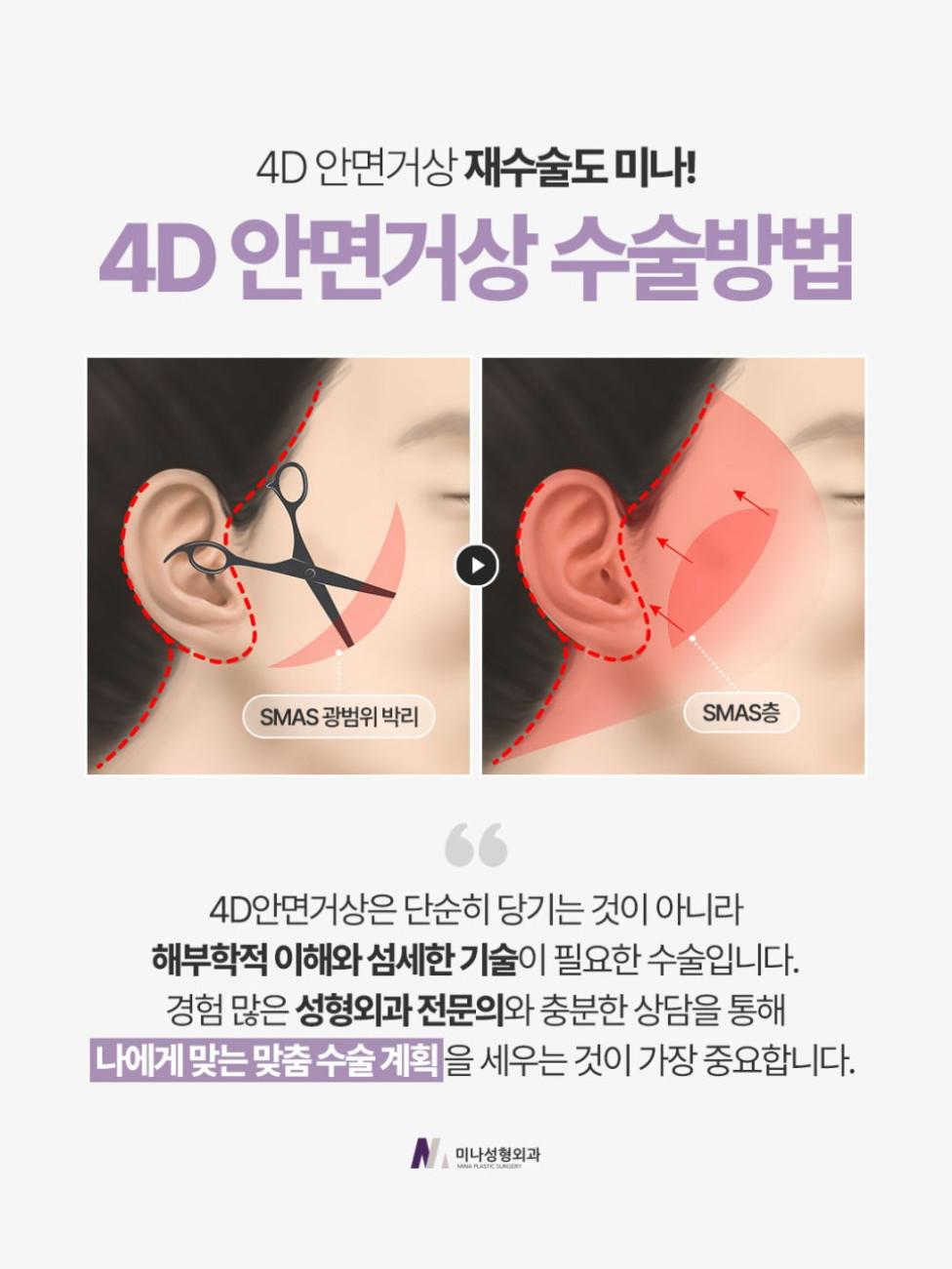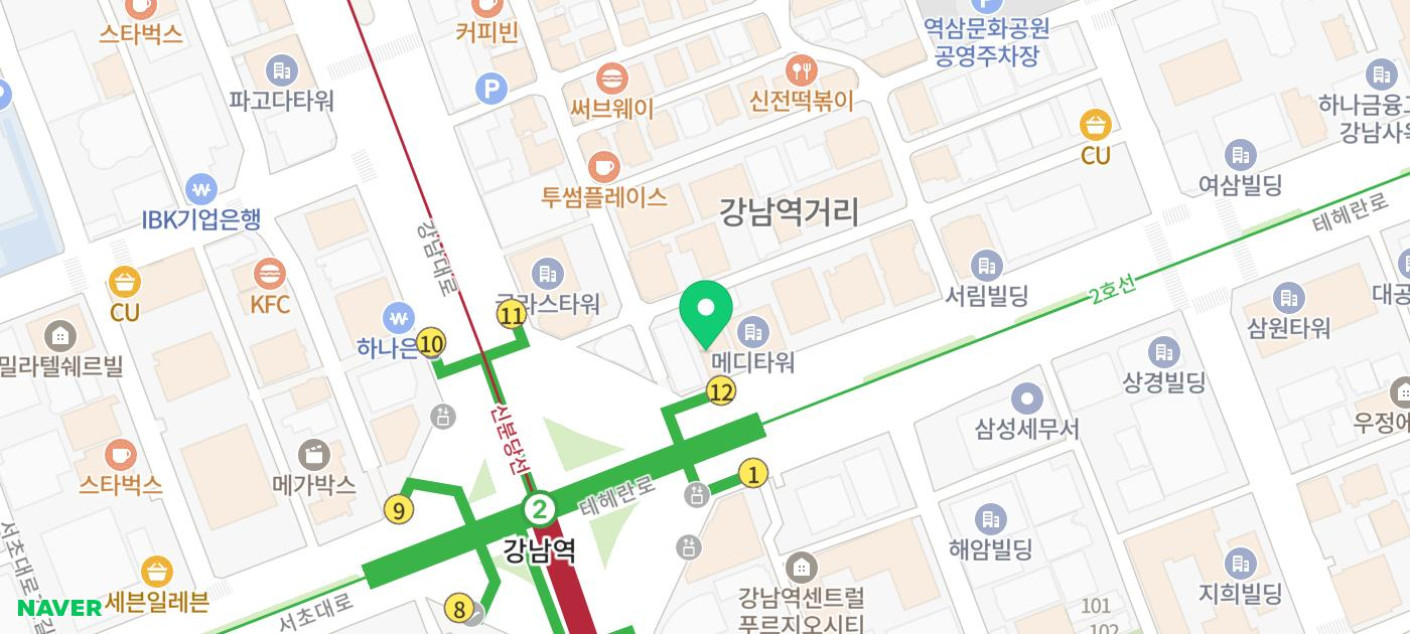Indian Fold Surgery: Correcting the Underlying Structure

One day, while looking at your face in the mirror, you might notice a deep line running from the side of your nose to the corner of your mouth. This is an Indian fold.
This area can make you look older or more tired because the cheek fat sags downwards. Many people initially try to alleviate it with fillers or lasers, but often the shadows reappear over time, making the wrinkles more prominent. This is because the problem lies not on the surface of the skin, but in the fascia and fat layers beneath.
In other words, it's a problem caused by changes in the internal structure. Therefore, Indian fold surgery is more effectively improved with a structural approach through a facelift, rather than surface treatments.
Today, I'll explain in an easier way how this line in the central part of the face can be corrected with a facelift.
Indian folds are not simply caused by the skin folding. They are a structural change in which the fascial layer supporting the cheek weakens, and the fat on top of it moves downwards, causing the area next to the nose to sink and create shadows.
When the cheek fat descends, the area around the mouth appears relatively swollen, creating the appearance of wrinkles. Changes in weight, facial expressions, and sleeping positions can also make this area more prominent. Moreover, this area has thin skin and a lot of movement, so aging appears rapidly.
Therefore, treatments that only fill the surface, like fillers, can quickly appear sunken again. Ultimately, fundamental improvement is achieved by lifting the sagging fascial layer and fixing it in place, which is done through a facelift. This is a structural method of addressing Indian folds.
A facelift is a surgery that separates the various layers of the face and restores the sagging structures upwards. Since Indian folds occur in the mid-face, which is the center of the face, the key is to reorganize the fascial layer in this area.
In surgery, the skin is not simply pulled, but the fascia (SMAS layer) underneath is lifted and fixed. When the cheek fat returns to its original position, the sunken area next to the nose is naturally filled, and the curves gradually become smoother.
At this time, the expression does not become unnatural because the pulling is not excessive. The fact that the expression remains comfortable is a major advantage of a facelift. In the end, even if it's called Indian fold surgery, it's actually a process of restoring the center of the face using the principles of a facelift.
Through this process, the face regains an overall bright and firm impression.
Many people think of Indian folds as a skin problem, but in reality, the internal structure is the cause. When the fascia and fat layers under the skin of the Indian fold move downwards, the skin above also descends, creating lines like shadows.
Filling only the surface to fill the curves in this state may temporarily improve the appearance, but it can quickly sink again or cause imbalance. On the other hand, a facelift is a method of lifting the structure itself.
When the position of the front and side cheeks is raised with a lift that considers the fascial and fat layers, the weight around the mouth is reduced, and the lines next to the nose are naturally smoothed. The thinner and more sensitive the skin, the more this structural approach is needed.
Therefore, the expression is not awkward after surgery and can be as natural as before.
After surgery, the face goes through a process of softening. Initially, there may be swelling or slight bruising, but most of it subsides over time. As the fascial layer finds its place and the cheek fat stabilizes, the deep lines next to the nose gradually fade.
Sensation may feel temporarily dull, but this is a common temporary reaction in the recovery process, and it naturally disappears as the tissue recovers. As the cheek fat rises, the impression that the center of the face looked sunken is alleviated, and the expression becomes more comfortable.
This change does not appear suddenly, but is a process that is gradually completed over time. In the end, the face slowly finds its shape in the flow of the body regaining its balance.
The depth and shape of Indian folds vary from person to person, so the approach also varies. The thickness of the skin, the amount of cheek fat, muscle movement, and the degree of elasticity must all be considered.
It is necessary to carefully identify where the sagging started and how the direction of the fascia has changed. Through this process, unnecessary pulling can be reduced, and unnatural facial expressions can be prevented.
Results can be stable only when precise diagnosis and design are performed. In the end, the key to Indian fold surgery is not the deep lines themselves, but to reorganize the overall flow of the face. This approach makes the impression softer.
This is why the face remains natural even after time passes.
Indian fold surgery is a method of restoring the structure of the mid-face based on the principles of a facelift to restore balance to the center of the face. It is a process of creating natural volume by returning cheek fat and fascia to their original positions, rather than forcibly pulling the skin.
After surgery, wrinkles gradually smooth out over time, and the expression gradually becomes more comfortable. I hope today's article has given a little confidence to those who are worried about Indian folds. I hope you will maintain a natural and harmonious impression for a long time.
















Source :https://blog.naver.com/klkl2580/224058806475
No comments yet.
